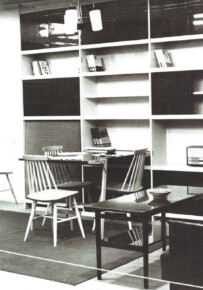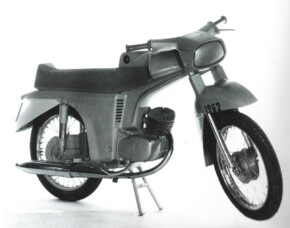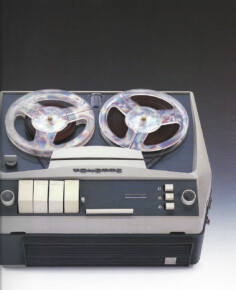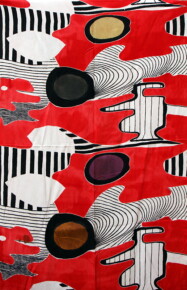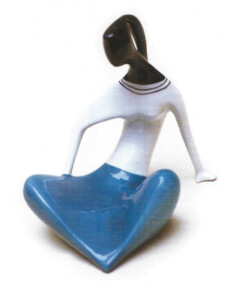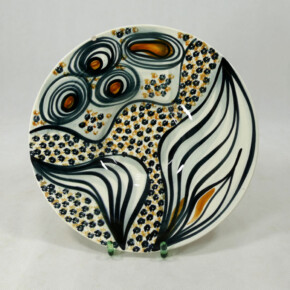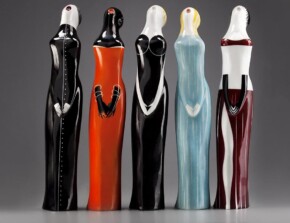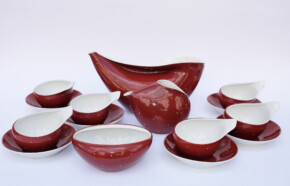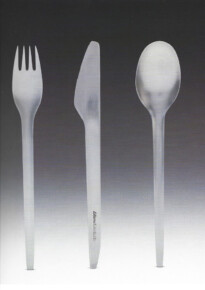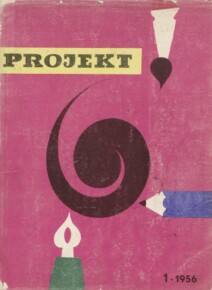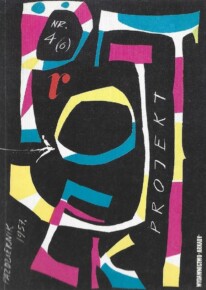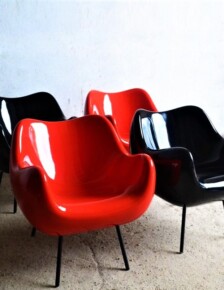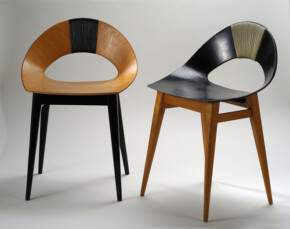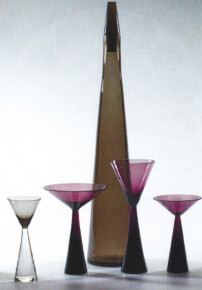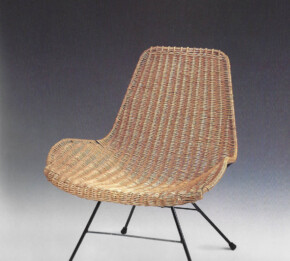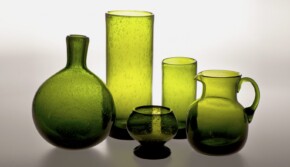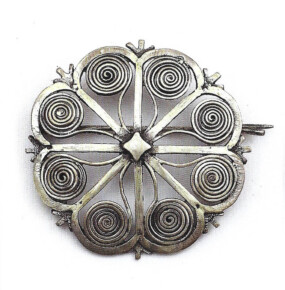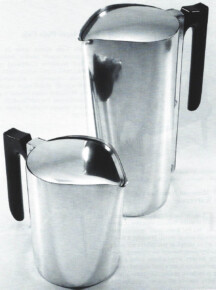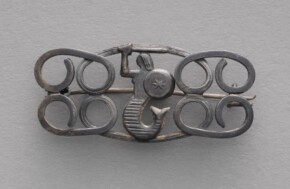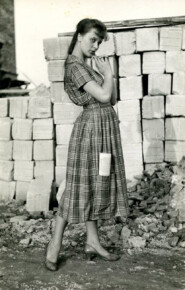The most important changes in Polish applied arts took place between 1956 and 1970. The political and economic thaw of the mid-1950s gave new energy to many areas of life, significantly influenced public sentiment, and raised the expectations of Polish women and men. Modernity has boldly entered the art and design studios. The form of everyday objects and appliances, residential and public interior design, fashion, jewellery, toys, neon signs and advertising graphics have all been transformed. Attractive electronic equipment, a variety of appliances and vehicles appeared. The human environment, both near and far, has become an area of exploration and aesthetic experimentation.
This period was a special time of struggle for beauty in everyday life, for the placement of human beings in the space of functional and captivating things and phenomena. Graceful and elegant objects and devices began to increasingly colour the existing grey, communist reality.
A plethora of simple, rational objects distinguished by the originality of their utilitarian solutions and intense colours, devoid of superfluous ornamentation, have come into common use. New materials, raw materials and technologies were used. This was determined by a number of factors, including the creativity of artists and designers, the hasty changes in the lifestyle of Polish society, the dream of owning eye-catching, attractive objects, the activities of the Warsaw Institute of Industrial Design and newly established galleries, the publication of the art magazine Projekt, openness to the world and design exhibitions from Scandinavia, France, the USA, Great Britain and Italy.
The symbols of those years were porcelain figurines of people and animals from factories in Ćmielów and Chodzież, ceramic decorative platters, “Ina”, “Dorota” and “Krokus” coffee services, “Muszelka”, “Płucka” and KA237 chairs, RM58, 366 and “Emil” armchairs, furniture, ceramics from Bogucice, Włocławek and stoneware from Bolesławiec, glassware from the “Hortensja” glassworks in Piotrków Trybunalski and “Ząbkowice” glassworks in Dąbrowa Górnicza, furniture from “Ład” and Cepelia, jewellery from ORNO, a sports car “Syrena” and a scooter “Osa”, glass designed at the Wrocław State Higher School of Visual Arts.
Jerzy Brukwicki (1945) – art critic, curator of exhibitions, journalist. Long-standing head of the “Pokaz” Critics’ Gallery in Warsaw. In the 1980s, author of several dozen independent exhibitions, including “Polska Pieta”, “Czas smutku, czas nadziei”, “Obecność”, “Przeciw złu, przeciw przemocy”, “Rocznice”, Solidarność posters; editor and publisher of the independent culture magazine Wybór, editor of the underground social weekly Przegląd Wiadomosci Agencyjnych (PWA), co-worker of the publishers NOWA, Przedświt, Pokolenie. He has organized many exhibitions of contemporary Polish art in Polish and foreign museums and galleries. Author of texts on art and artistic events (e.g. “Exit”, “LOT Kaleidoscope”, “Pokaz”, “Kunstmarkt”, “Polish Culture”, “Reklama”, “Rondo Europa”, “Spotkania z Warszawą”, “Warszawski Informator Kulturalny”, “culture.pl”, portalmini.eu.)
07.06.2023, 6 pm
St. Gdańska 20


